The first week of the new school year, when the bell rang at 3pm to end class, my child was waiting in the school yard while I had a meeting until 5pm before I could leave. The two-hour time difference was not only about picking up and dropping off, but also about safety risks, childcare costs, and the guilt adults felt towards their own children.
Therefore, the support for the Department of Education and Training to adjust school dismissal times is not only for the numbers on the timetable but also for the way to organize a decent afternoon in school. I believe many parents sympathize with this because a nice time frame will be meaningless if the afternoon shift turns into a time to look after children or cram more theory until exhausted.
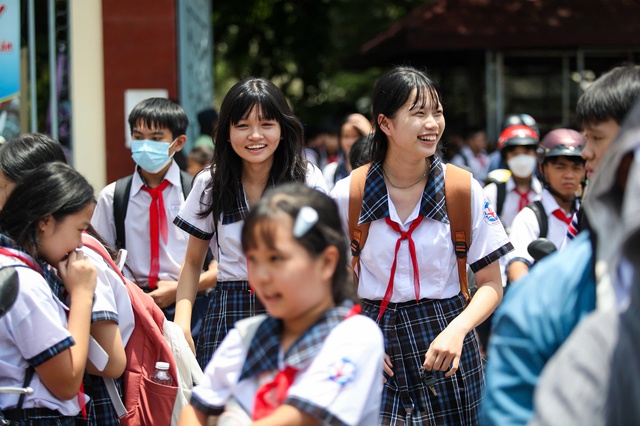
On the morning of September 12, the Department of Education and Training of Ho Chi Minh City officially issued the daily school schedule. Preschool children leave school at 4 p.m.; primary, secondary and high school students do not leave school before 4 p.m.
Photo: Nhat Thinh
The law allows but requires resources and transparent enforcement
The guidance document of the Ho Chi Minh City Department of Education and Training based on Directive 17 of the Prime Minister and the document of the Ministry of Education and Training has opened the door to teaching two sessions per day. In which the first session is the main curriculum, the second session is a supplementary space such as guided reading, physical exercise, art, digital skills and life skills, tutoring or enrichment according to individual needs. That means the law has allowed and encouraged schools to design an afternoon session with clear pedagogical goals. The remaining issues are about organization, resources and transparency.
Here I would like to share the perspective of a parent working in the legal profession that a time policy is only sustainable when 4 factors go together: pedagogical goals, stable human resources, transparent finances and an easy-to-understand monitoring mechanism for parents. If one piece is missing, the new time frame can unintentionally create more inequality when wealthy families can buy after-school services while poor families have to withdraw their children early and leave the gap after school.
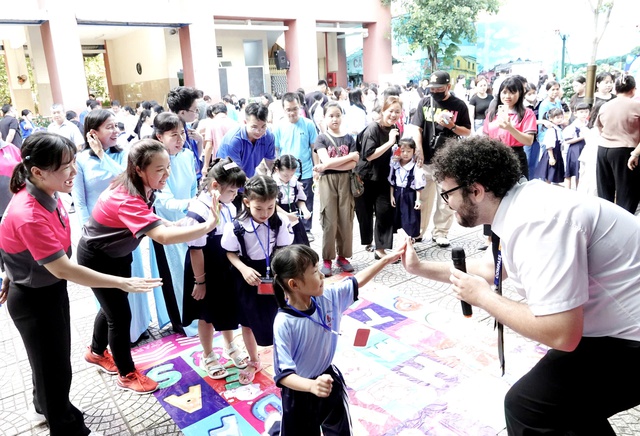
There is a need to organize more pedagogical activities in schools after school hours when parents cannot pick up their children.
Photo: Dao Ngoc Thach
4 important factors for students to have a "meaningful afternoon" after school
There are many models in the world for Ho Chi Minh City to learn from to make students' after-school time meaningful.
The first thing is to clearly write down the pedagogical objectives for the afternoon session. For example, guided reading, open library, compulsory sports in some sessions, art and music , fun science and STEM (science, technology, engineering, mathematics) at a light level... In addition, it is also necessary to equip students with digital skills, network safety, life skills such as teamwork and time management, tutoring or training according to individual needs. The school needs to announce this "menu" at the beginning of the year so that parents understand and agree.
The second is the "hard frame with open doors". Agree on the 7am to 8am, 1:30pm and 4:30pm time points to synchronize the urban rhythm, but there are exceptions for schools lacking classrooms, areas with special traffic conditions or exam preparation periods for students in grades 9 and 12. However, any exception must be accompanied by a safe alternative, for example, an inter-school boarding club in the same ward and must have the consensus of the Parents' Representative Board.
The third thing is financial transparency. All income and expenditure related to the time spent at school should be announced by semester. There should be a specific list of expenses for personnel, electricity, water, and boarding materials, along with a comparison table per student. Schools with the conditions should pilot income-based subsidies and learn from Singapore to reduce economic barriers so that no one is left behind because of money.
The fourth thing is to measure by results rather than just looking at the clock. Each semester, publish core indicators such as the percentage of parents satisfied with pick-up and drop-off times, the number of safety incidents around the school gate, the percentage of students participating in clubs, the amount of time spent reading, the satisfaction level and workload of teachers and boarding staff, etc. When data is transparent, society has a basis for evaluating policies and schools have a basis for improvement.
From my experience, I understand that every good policy needs a serious pilot step. Therefore, the city should select a group of schools representing different conditions to implement in one school year, including some central schools, some suburban schools and some schools lacking classrooms, invite independent units to evaluate, publish a public report, replicate effective models, and immediately correct any points that are not stable. This approach reduces risks, increases consensus and helps parents see the path to improvement, not just hear promises.

The time after 4:30 pm when students leave school and parents have not yet picked up their children is the time when children are most likely to be abandoned. It is also the golden moment to form reading habits, exercise habits, self-study habits...
Photo: Dao Ngoc Thach
If a good organization can change the trajectory of a generation
Many people ask why we should care about a seemingly small number of 16:30? I think the answer lies in the quality of the afternoon in the life of an urban child. It is the time when children are most likely to be neglected, and it is also the golden moment to form reading habits, exercise habits, and self-study habits. I believe that a well-organized afternoon shift can change the development trajectory of an entire generation.
On the other hand, it is the time when parents can work without worrying, the moment when teachers have time to interact personally with students, the time when schools foster reading culture and sportsmanship. If we all work together, that number will no longer be a pressure but a promise of a civilized city.
I write these lines as a father who comes home late from work. I want to see my child walk out of the school gate with sweat still on his face after the exercise, with a borrowed book in his hand and a self-study sheet in his bag that has been guided by the teacher. And I can walk with peace of mind knowing that my family's two-hour gap has been filled with a meaningful afternoon session.
International experience
International experience offers many practical suggestions. Singapore organises Student Care right on the primary school campus, with children staying at school according to a set schedule. Early afternoon is for snacks and rest, then self-study with teachers, followed by sports or reading club, and at the end of the day there is a light activity while waiting for parents to pick them up.
The organization has safety standards, a clear staff-to-child ratio, and an income-based subsidy mechanism. Thanks to that, children from poor families can still access the service. In this model, the school is a destination after school hours, not a temporary stop. Parents know where their children are, what they are doing, and who they are with instead of constantly looking at the clock.
Korea has gone further with the Neulbom program than just babysitting. They have built a network of services before and after school, even extending into the evening. Classes are clubs for coding, art, sports, languages, and community activities. Schools connect with local social organizations to diversify content. The important point is that they have their own operating system, not giving extra hours to regular teachers in the form of disguised part-time jobs. Thanks to that, the afternoon shift is truly a quality public service product, not an invisible sacrifice of teachers.
Japan teaches us another lesson, with an after-school network serving over a million and a half children, yet still has a waiting list of tens of thousands. That means opening more hours is the easy part, running with enough space and quality is the hard part. To overcome this, you need accurate demand forecasting, land and classroom funding, staffing standards, and a sustainable financial roadmap.
The UK has launched Wraparound Childcare, which aims to ensure that every family in need has access to childcare from 7am to 6pm. The government provides central and local funding to build the network, schools receive specific operating instructions, the state acts as a coordinator, and parents pay reasonable fees and receive support packages.
Source: https://thanhnien.vn/khong-tan-hoc-truoc-16-gio-lam-the-nao-de-hoc-sinh-co-buoi-chieu-tu-te-185250912163913609.htm


![[Photo] Hanoi morning of October 1: Prolonged flooding, people wade to work](https://vphoto.vietnam.vn/thumb/1200x675/vietnam/resource/IMAGE/2025/10/1/189be28938e3493fa26b2938efa2059e)

![[Photo] President of the Cuban National Assembly visits President Ho Chi Minh's Mausoleum](https://vphoto.vietnam.vn/thumb/1200x675/vietnam/resource/IMAGE/2025/10/1/39f1142310fc4dae9e3de4fcc9ac2ed0)


![[Photo] Keep your warehouse safe in all situations](https://vphoto.vietnam.vn/thumb/1200x675/vietnam/resource/IMAGE/2025/10/1/3eb4eceafe68497989865e7faa4e4d0e)
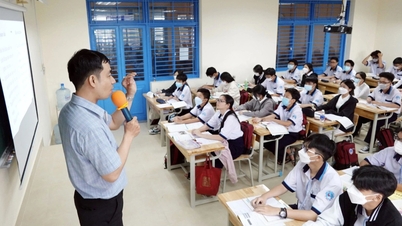



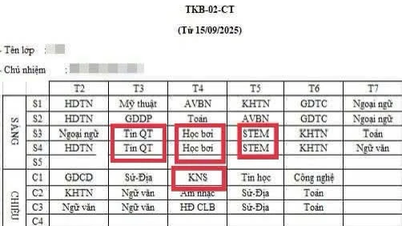

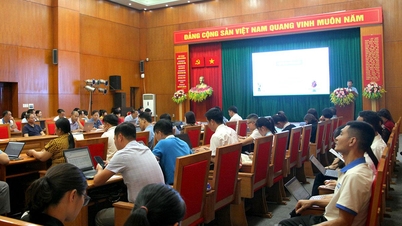





















































































Comment (0)